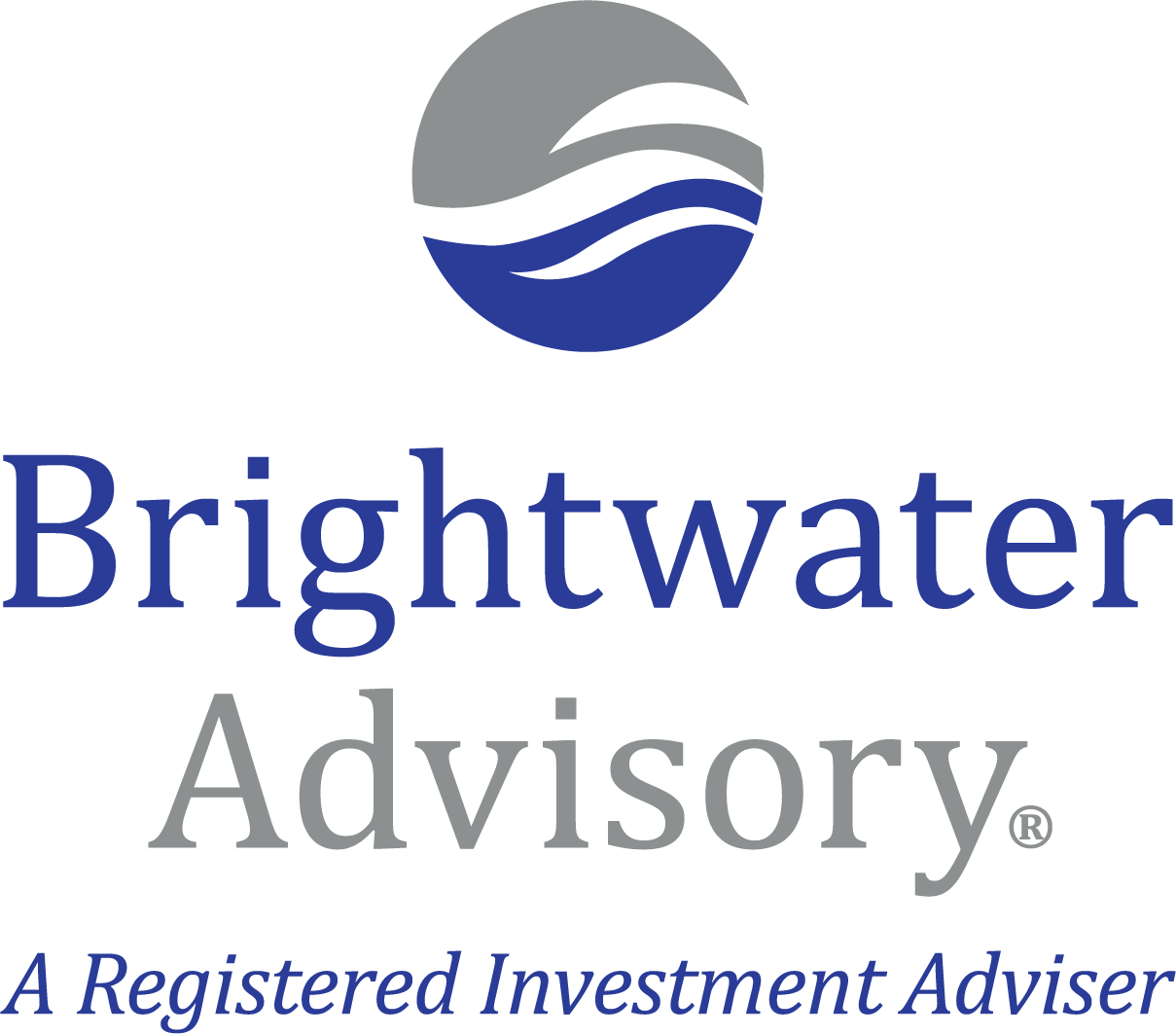January 30, 2023
by Barry Brindise, Financial Planning Director
Yield to Maturity (YTM) and How to Think About Fixed Income Returns
At Brightwater Advisory, our process invests client resources in a diversified portfolio of assets. Depending on each client’s needs, an investment plan will reflect an allocation between growth assets like stocks and exchange traded funds and fixed income instruments like bonds and CDs. This summary focuses on the fixed income side of the portfolio and describes how investment returns for this asset class can be measured.
Fixed income investors are rewarded with a return on their investment (interest) that can take the form of periodic cash payments or a non-cash increase in-kind to the value of the underlying asset. When we purchase a bond, it is important to understand the expected return which is referred to as a bond’s “Yield-To-Maturity,” commonly abbreviated as “YTM.” Yield to maturity is the total return anticipated on a bond if the bond is held until it matures. Yield to maturity is expressed as an annual rate so that we can compare bonds with different maturities.
For example, a 1-year CD with a “face value” at issuance (also called “par value”) of $1000 and an annual interest rate of 3% will make a cash interest payment at the end of the year equal to $30.00. The investor receives this interest along with the par value of the CD, in this case $1000. The math looks like the following: (($1030-$1000)) / $1000 = 3%. In this example, calculating and understanding this CDs YTM is relatively straightforward.
However, not all fixed income securities are issued at par. Treasury Bills (a type of bond with maturities of one year or less), are a common fixed income investment held in Brightwater accounts and are issued by the U.S. Government at a value below par, which is referred to as a “discount”. For example, a one-year to mature U.S. Treasury bill with a face or par value of $1000 could be issued by the U.S. Treasury for $970.00. In this example, no cash interest is paid for the entire year and then once the bond matures, the investor receives $1000 at the end of the year. The anticipated yield to maturity for this treasury bill when originally sold is ($1000-$970) / ($970) = 3.1%. Same math as our CD example above but a little less intuitive.
It is more complex to calculate the yield to maturity for a bond purchased at a discount to face value AND which makes cash coupon payments. We therefore measure two components to understand the embedded rate of return or YTM. To start, let’s say we have a Treasury Note (a longer duration U.S. government bond) par value $1000 with an annual coupon rate of 3.5% (these are paid semi-annually) and maturity of five years from now. Since this note was ISSUED at par value of $1000 and since the coupon rate is 3.5%, then the YTM at the time of issue will also be 3.5%. If market interest rates were to rise six months after this note was issued, then the trading price would likely decline to below par (another example of a price “discount”). Then the current fair price would decline from $1000 to some amount, for example, $950 (the par value has not changed at $1000). This discount is in response to market participants demanding the higher market rate of return. The semi-annual coupon payment will be made as promised at the original coupon rate times the par value, $1000. The yield to maturity for this note would be published by the custodian but we could also calculate it with a financial calculator. In this example, due to the rising rate environment since it was originally issued, a new buyer of this bond would recognize a higher YTM of 4.1% so long as this bond was held to maturity.
The primary and simple rule to remember when it comes to bond pricing is that bond prices move INVERSELY to interest rates. In other words, when interest rates rise, bond prices fall and when interest rates fall, bond prices will rise. As a result, an investor cannot just look at a stated coupon rate to understand the rate of return they are earning. As in our Treasury Note example above, the stated coupon on the asset was 3.5% but yield can be higher or lower than this amount depending on market forces. Most importantly, the stated YTM at purchase is the rate of return an investor will receive regardless of what interest rates do in the meantime. Back to our Treasury Note example, the investor who purchased the note at par value with a 3.5% coupon would receive the 3.5% YTM so long as they held the bond to maturity. A new investor purchasing the same note at discount, when it has a new YTM of 4.1%, would receive the 4.1% rate of return so long as they held the bond to maturity. There may be paper gains and losses in the meantime, but the return will be the stated YTM at the time the bond is purchased.
Other considerations:
Instead of a “discount”, some bonds will trade at “premiums,” which means their purchase price is above their par value. For example, a bond with par value of $1000 could be trading at $1010 and higher. You would still only receive $1000 at maturity. Bond premiums were common during the lower interest rate environment that lasted up until the Fed recently began to raise rates to fight inflation. Most federally guaranteed bonds yielded close to zero interest even though they were issued with coupon rates of 2% and higher. The higher cost to purchase, the “premium,” effectively offset the coupon payments pushing these yields close to zero percent.
If you are interested in learning more, please feel free to contact Barry Brindise, Financial Planning Director, or David Maddux, CEO / CIO, at Brightwater Advisory.
Sources: Kaplan – CFP Required Education. Investopedia (Bonds/Fixed Income)
The information in this website blog (“blog”) is for informational purposes only and does not constitute a complete description of our investment services or performance. No part of this site nor the links contained therein is a solicitation or offer to sell securities or investment advisory services, except where applicable in states where we are registered, or where an exemption or exclusion from such registration exists. All investments involve risk of loss, including the possible loss of all amounts invested, and nothing within this blog should be construed as a guarantee of any specific outcome or profit. Past performance should not be construed as an indicator of future performance. Future performance may substantially differ from prior performance. This blog is confidential and is intended solely for the information of the person to whom it was delivered and may not be reproduced or redistributed in whole or in part.







